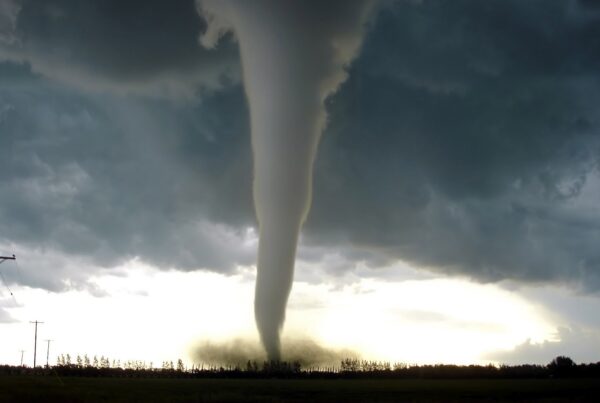We all want to conduct our inspections in a manner that ensures the client gets what’s needed, but does not leave us unreasonably exposed to liability from things overlooked or not presented clearly enough as problematic.
Some time ago I ran across a situation involving a hospital in New Orleans that was flooded in Hurricane Katrina. Yes, I know that was more than three years ago, but the liability issue for the hospital only arose fairly recently.
It seems one of the facility’s emergency generators was positioned such that, in flood conditions, it would have become inoperative. Sadly, Katrina struck and the wing of the hospital served by the emergency generator in question lost power when the gen-set failed in the flood. With the electrical failure came failure of life support systems, and a patient died. Now the patient’s family is involved in a law suit with the facility.
The specifics get quite interesting. It seems the problem generator was identified as being in a flood prone area long before Katrina. As a consequence of the review and finding, an estimate of 7.5 million dollars was derived to relocate the gen-set, fuel supply, and an underground tunnel related to the system. Apparently deemed too costly, the money was never spent and, as they say, the rest is history.
I have not heard the outcome of the suit as yet.
But these situations always bring to mind the question of, “When is enough, enough in inspection engineering services?” In this case the potentially far-reaching legal question is: How prepared do hospitals have to be for the worst possible circumstances?
If the finding concerning the generator was part of a package of building inspection engineering services would your firm have found and flagged the issue? Granted the question is a rhetorical one, but the whole situation gave me pause and caused me to imagine my having been retained to examine various features at the hospital. In fact, my former partner and I had several hospital based projects over the years and most all of them were at a hospital facility that faced directly on a tidal bay. At no time did either of us ever discuss between us or with hospital facilities management staff any concerns about hurricanes or high tidal surges. Were we remiss?
I like to think that while most of our consulting focused on either structural or electrical system issues, we were never retained to consider storm related problems. Maybe that is splitting hairs, but if I was not retained to examine a problem area, am I bound to identify it as such in the course of other work?
These issues have no simple or easy answers. If the hospital in question had the issue identified by a consultant who developed the cost estimate after identifying the gen-set as problematic, the consultant is probably off the hook. It was the hospital’s choice not to spend the money to rectify the problem. If the finding came from in-house staff, then assuredly they are in trouble.
*This article had been posted in the Summer 2010 edition of The Examiner.


